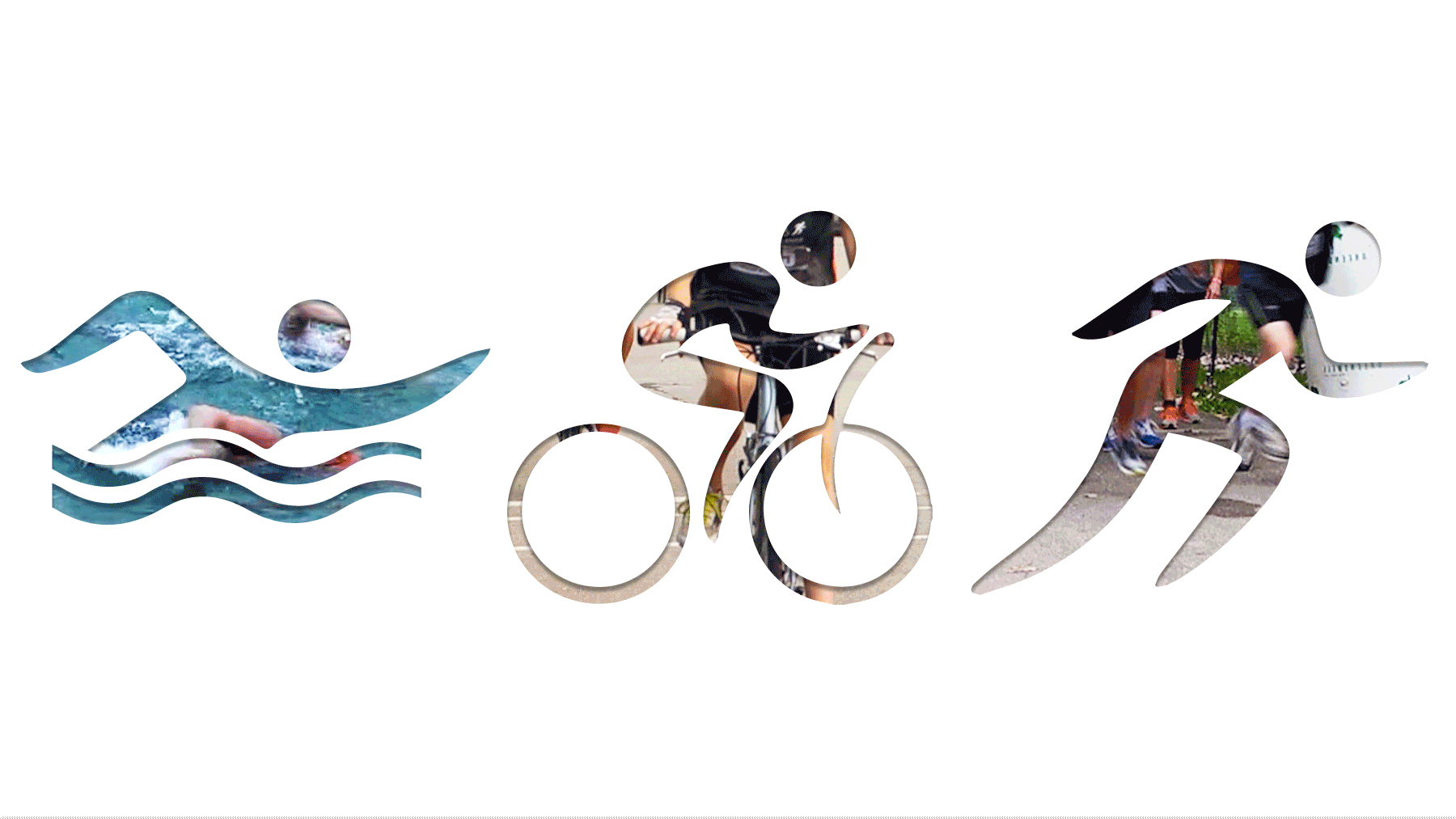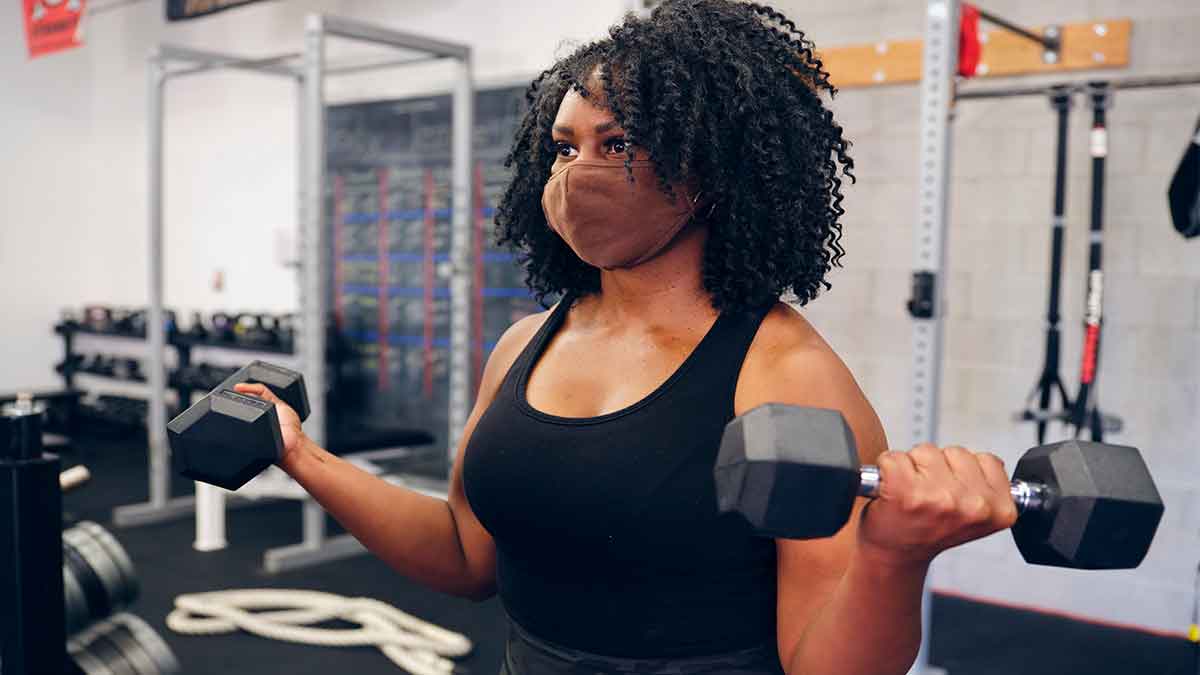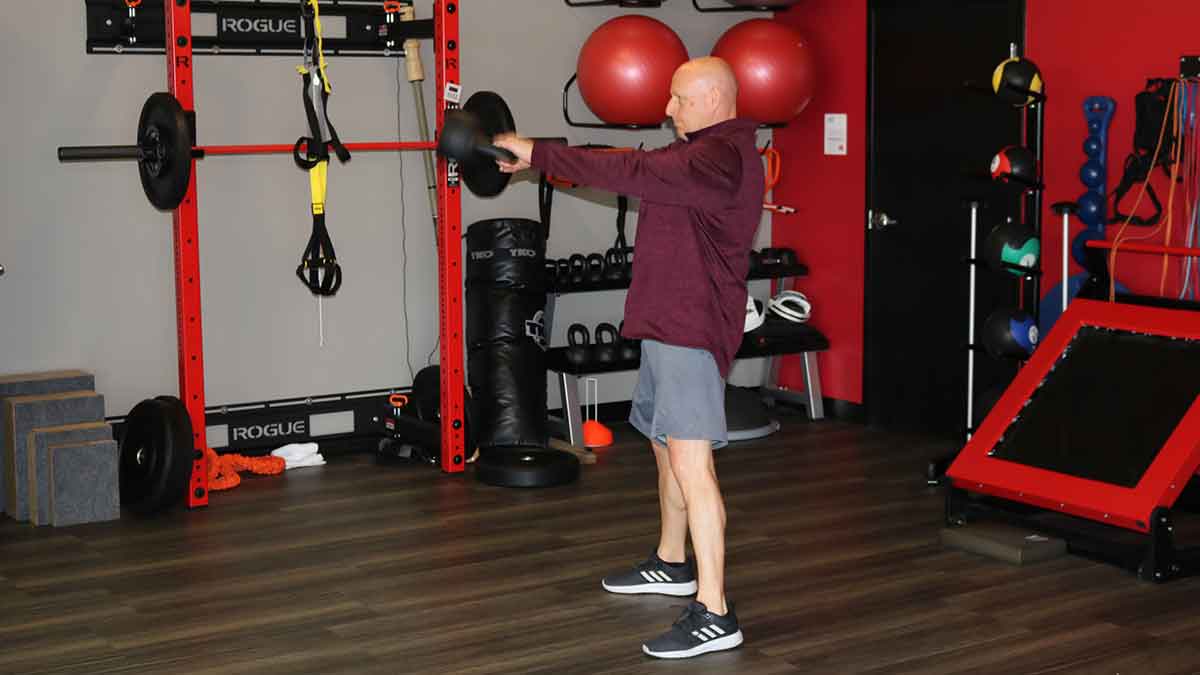What burns the most calories: running, biking or swimming?

In honor of our popular Ross Heart Hospital TriFit Challenge that ends at Ohio Stadium, we asked our Sports Medicine expert:
Which of the triathlon exercises – running, biking or swimming – burns the most calories?
First, there’s not a simple answer due to the many variables intensity, distance, length of time, etc.
But Timothy Miller, MD, director of The Ohio State Wexner Medical Center Sports Medicine Endurance Medicine Program, has some basic guidelines about how running, biking and swimming stack up for eating up calories. Plus, the Ohio State team physician, who’s a distance runner and participates in fitness competitions, shares personal training and diet tips for a long event like a triathlon.
Cycling
The bicycle does some of the work for you, so biking ranks at the bottom for calories burned when compared with swimming or biking an equal distance.
But bikers typically can ride for longer amounts of time, so a long bike ride – say three hours or more – would shave more calories than a 30-minute run. That’s how those variables creep into the equation!
Injury alert: Lower back pain is common for cyclists. See our experts' recommended stretches for preventing injuries in people who bike.
Running
Going for a run engages your arms, legs, back and core in moving you forward and therefore burns more calories than cycling when done for the same amount of time or distance.
A 30-minute run will beat out a short bike ride of two hours or under for calories used.
Injury alert: Runners are prone to stress fractures and injuries from repetitive jarring of joints. Dr. Miller says strength training helps muscles absorb some of that shock to the bones.
Swimming
In fighting water resistance, swimming uses all body parts.
That makes swimming the winner for calorie burning when done for an equal distance as running or biking, Dr. Miller says.
However, swimmers often don’t cover as much distance as runners and cyclists, so the other exercises could have the advantage in the end, he explains.
“Swimming burns the most calories over short periods of time. Over longer periods, running is most likely to win out for most calories burned because few people can swim for a long time, but a lot of people can run for a long time.”
Injury alert: Swimmers are at risk for shoulder injuries, such as stretching of the surrounding soft tissue, called the labrum, which causes instability in the joint. Bicep tendon irritation and rotator cuff tears are other common injuries.
If you’re into any sport that requires repetitive movement over long periods – including fitness competitors or CrossFit enthusiasts – our experts in endurance medicine have many more tips for you, including Dr. Miller’s training recommendations.
A bit more about the TriFit Challenge
The Ross Heart Hospital Wellness Series TriFit Challenge triathlon began in 2012. With three levels of challenge, the TriFit accommodates both novice and seasoned triathletes. Participants can complete the challenge alone or with a partner (in the duathlon option). Runners, swimmers and bikers who love Ohio State are making a big difference in heart care. Every dollar raised by participants will benefit life saving heart and vascular research being done at the Ohio State University Dorothy M. Davis Heart and Lung Research Institute (DHLRI). Since its inception, TriFit Challenge has donated more than $430,000 to heart and vascular research at Ohio State. Thirteen scientists have received grants from the money raised by the Ross Heart Hospital TriFit Challenge. They’re looking for signs to prevent artery ruptures and studying new prevention ideas to extend life spans. Get involved.





